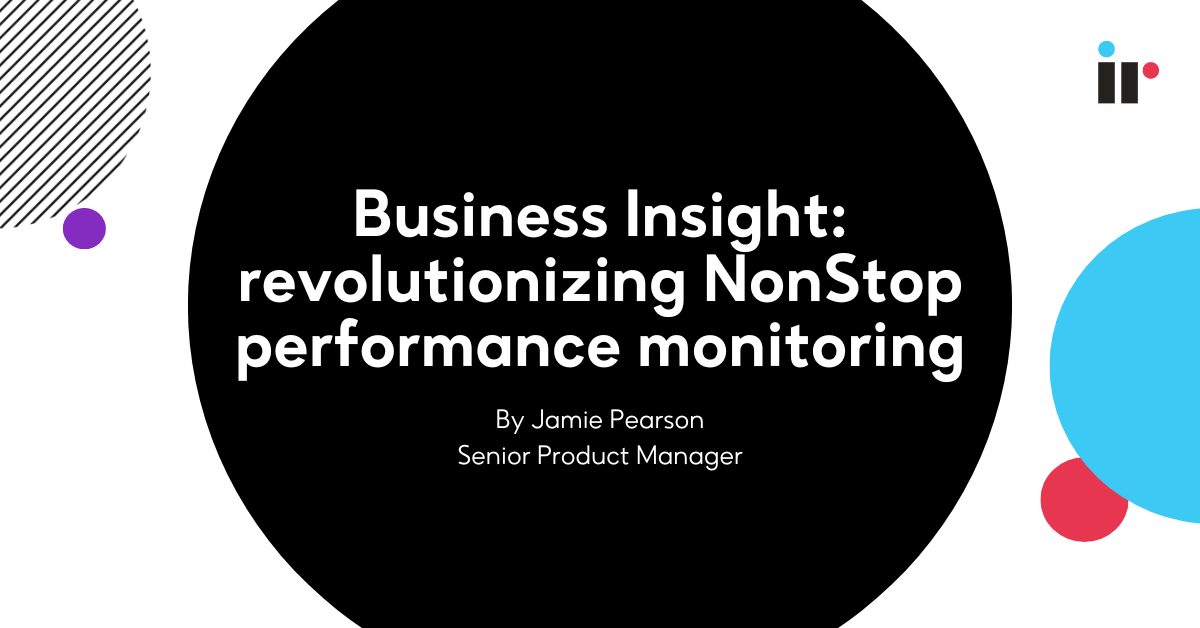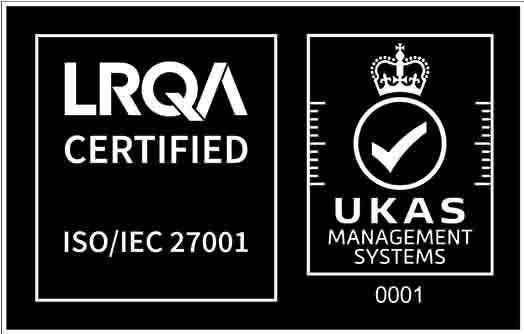One of the major characteristics of Prognosis is its ability to project an image of all that is transpiring on your NonStop system. Throughout the years, NonStop users have relied upon what is being depicted to tell them if there are resource issues looming and whether applications are failing or otherwise experiencing difficulties. However, what constituted a NonStop system up until now was easily describable. You could simply point to a cabinet and know with certainty that NonStop lived within, but shortly, having such an assurance may be difficult to maintain.
In a previous post to the IR blog, Hybrid systems open the door to greater choice, I wrote of hybrid computing and closed with the observation of how Prognosis sees it all. There's no downside to running Prognosis on NonStop, on Linux or Windows, or across it all, I concluded. With NonStop participating in hybrid systems that are now a part of the underlying transformation (of the data center) that is under way, as enterprises everywhere begin tying together legacy IT with today's private clouds, such participation means there are choices as to where solutions can be run. And one of the most important tools today is your application performance monitoring solution.
This transformation, and where NonStop systems are involved, is not without its detractors. For many enterprises, particularly financial institutions, there's something inherently reassuring in having mission critical applications running in a system that is maintained under tight wraps. "Yes, there is the system that supports our mission critical transaction processing," is something I often hear from data center managers. Not for them is a payment solution deployed on something less tangible that is spread across a commodity server farm. Yet, this is precisely where NonStop systems are headed and the detractors of such systems are becoming increasingly nervous.
There have been numerous Regional User Group (RUG) events of late where many in the NonStop community have gathered to hear the latest news from the HPE NonStop group. I have had the good fortune to have participated in events from Scottsdale, AZ, (DUST) to Cerritos, CA, (SCTUG) to Plano, TX, (N2TUG) and even as far afield as London, UK, (BITUG). I have heard the NonStop product roadmap presentation more than once and each time, I have picked up on a slightly different emphasis as presenters gravitated to material that they felt comfortable in covering. However, one topic was consistently presented and that was the imminent arrival of a virtual NonStop option. Something for those data center managers looking to optimize the hardware they had on the data center floor and who had a healthy respect for risk.
The single most important slide in the NonStop roadmap presentation, from my perspective, and the one that generated the most conversation following the presentation, was that describing a recent demonstration of NonStop running fully virtualized that was a highlight of the HPE exhibit at the recent Mobile World Congress held in Barcelona, Spain. Below is the slide, and I am providing it with the caveat that the message from NonStop still needs to be heeded; "This is a rolling (up to three years) Roadmap and is subject to change without notice." Furthermore, "This information is subject to substantial uncertainties and is subject to change at any time without prior notification." So no, don't take this to the bank as being gospel and yet, don't discount its eventual appearance in the price book – select industry verticals where NonStop is popular are demanding fully virtualized NonStop.
The key to understanding the above slide are three major new developments by the NonStop R&D group. Firstly, it's all the result of the support by NonStop of the Intel x86 architecture and as was revealed at the event in Barcelona, the hardware was "commercial, off-the-shelf" hardware or COTS. There isn't a single piece of proprietary hardware involved and that's a serious break to more than four decades of NonStop tradition. Secondly, Linux with the new KVM option provides the necessary hypervisor needed for NonStop to run fully virtualized. But here the real news is that it's not just virtual NonStop (vNonStop or, as depicted, vNSK), but the communications and storage connection CLIMs that formerly ran on ProLiant servers running a Debian distribution of Linux, were also running fully virtualized (vCLIMs). Thirdly, the separate project within NonStop R&D codenamed Yuma (supporting RDMA over InfiniBand/IB) was also a participant.
Yuma is special and will bring enormous value to the NonStop community. "Yuma allows applications to move data directly from user address space on one platform to user address space on another platform via RDMA," says HPE. In the demo, the solution being promoted included part of the application running on Linux, another part on NonStop with access to storage on another Linux – all implemented in software totally divorced from the underling COTS hardware. Cool? Most definitely and with competitive price advantages over any previous configurations on offer from HPE. No more server "silos", just fast Ethernet connections to COTS servers connected to JBOD storage. Wondering now why the importance of Prognosis?
Without reservation it is going to take superior monitoring tools to keep track of all that is transpiring behind the scenes of any application. While I expect at first a very conservative approach to just where the vNonStop systems run vis-à-vis the servers, in time I expect to see more aggressive provisioning in place with all the appearances of vNonStop / vCLIMs running within a private cloud. Spicing up this coverage even further, for HPE to be this public with the offering and demonstrating it to an audience of mobile phone operators, all that can be said is that HPE is very close to rolling this out as a product and I am anticipating we will hear and see a lot more about this shortly at the 2016 HPE Discover in Las Vegas.
Visualization of any solution in operation is very important to those within the data center and Prognosis has developed a reputation among the NonStop community as being the best solution when it comes to visualization. The decision to port Prognosis to open systems is now going to bear more fruit for IR as NonStop becomes an integral part of open systems – providing the greatest level of availability for any runtime platform, be it Java or Node.js. Take another look at the graphic above and think for just a moment – what will you be able to do with such flexibility! Such choice! No matter your appetite for risk and how you plan to go about configuring future vNonStop systems, rest easy that when it comes to the monitoring of any application's performance within such configurations, Prognosis has it all covered.



